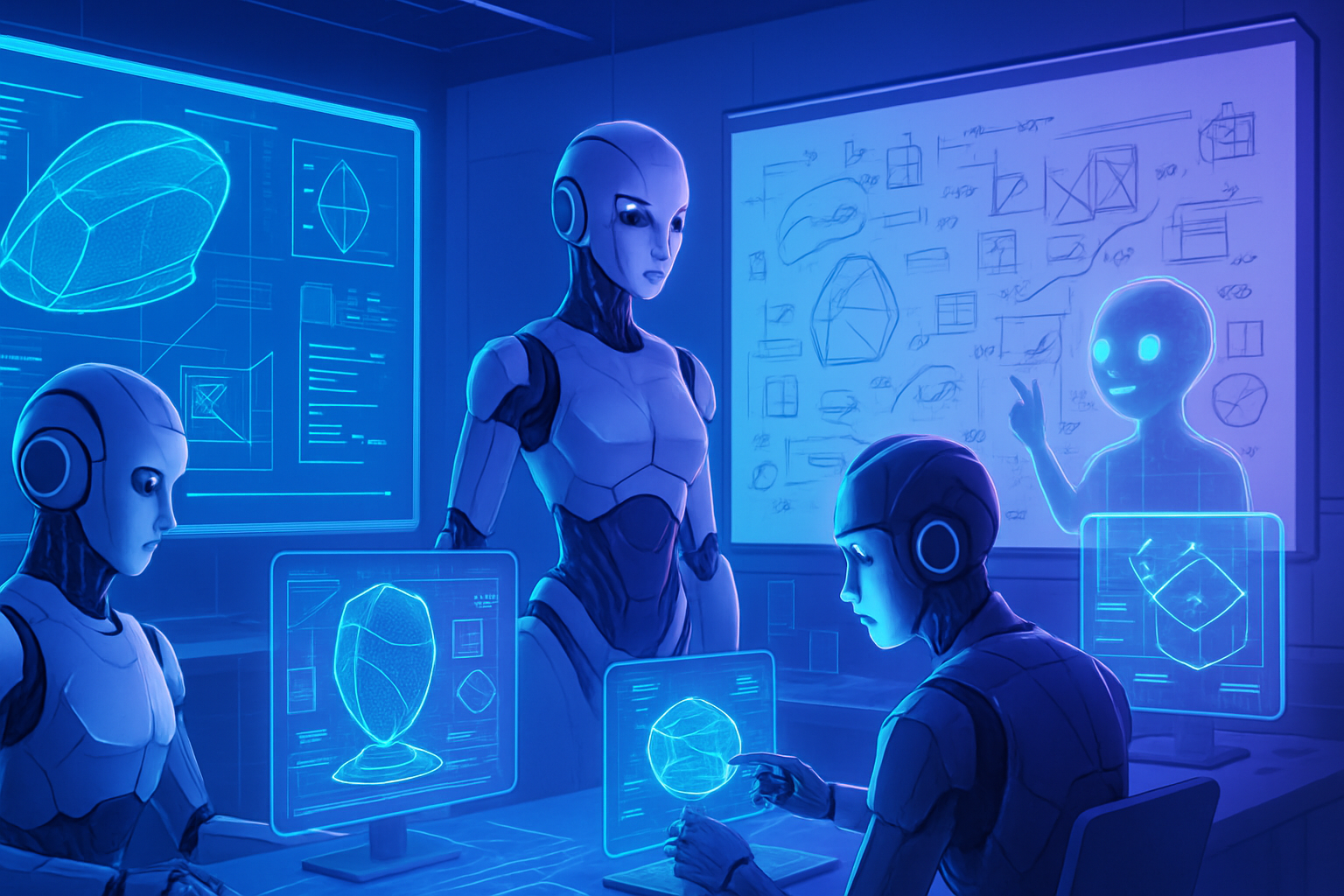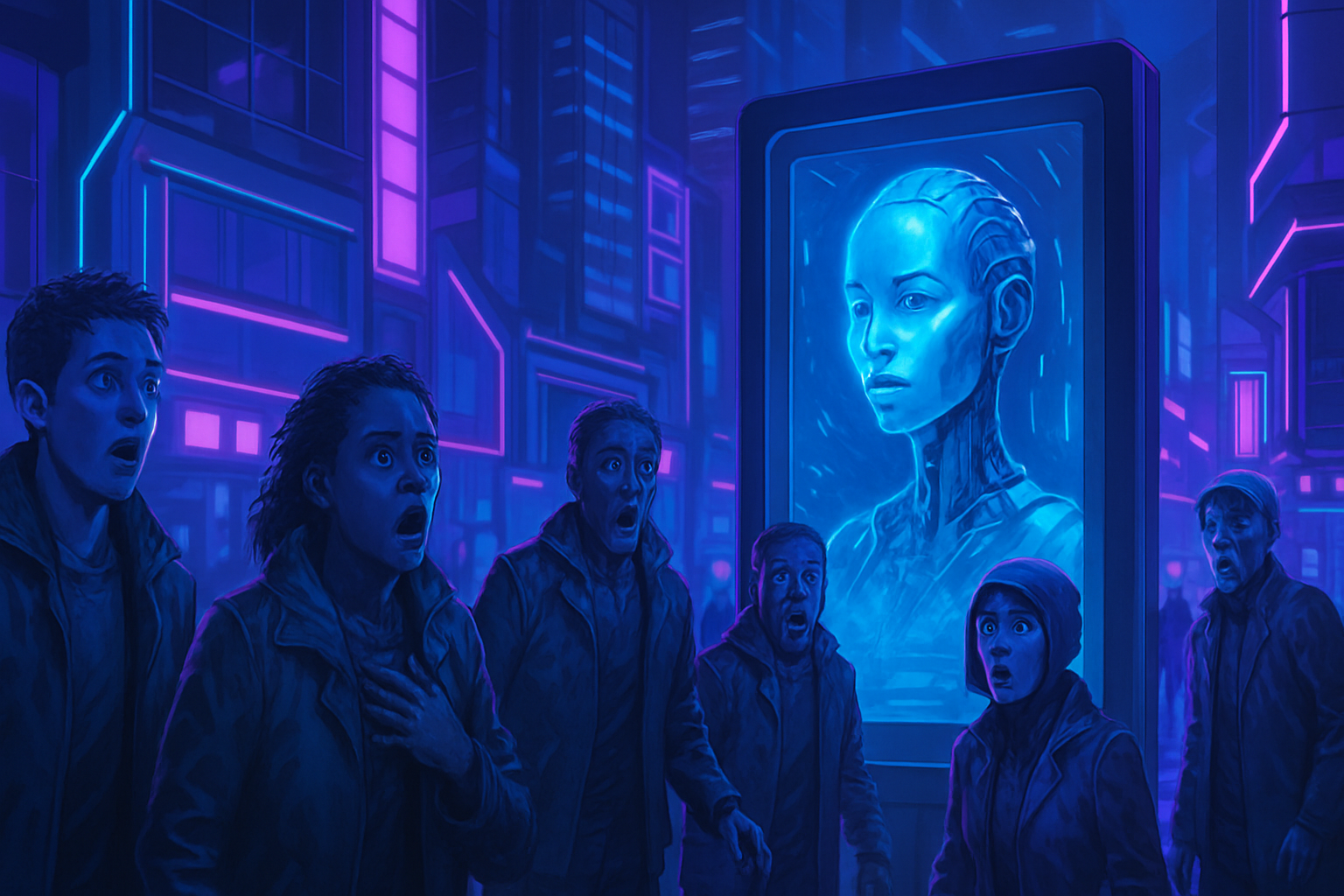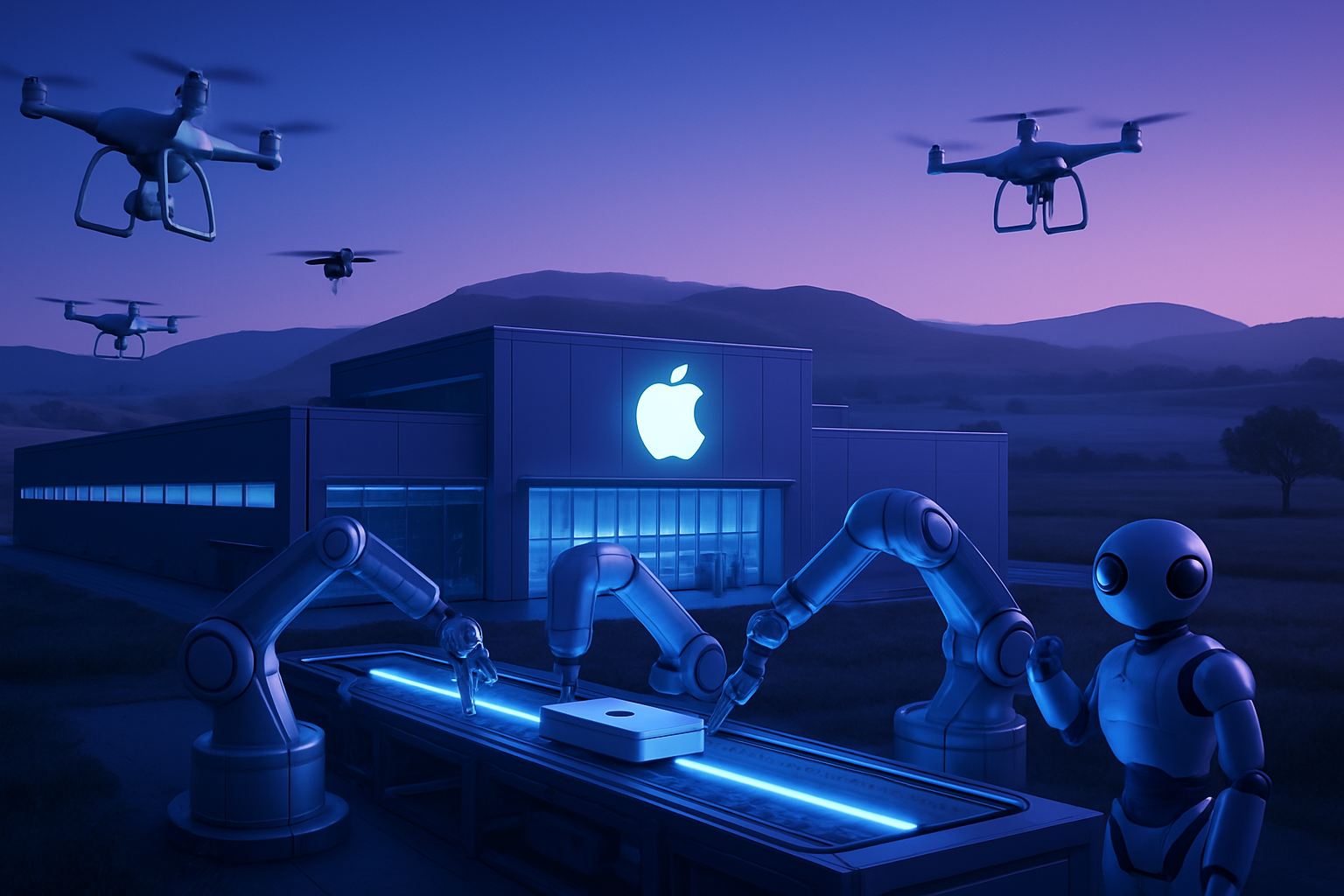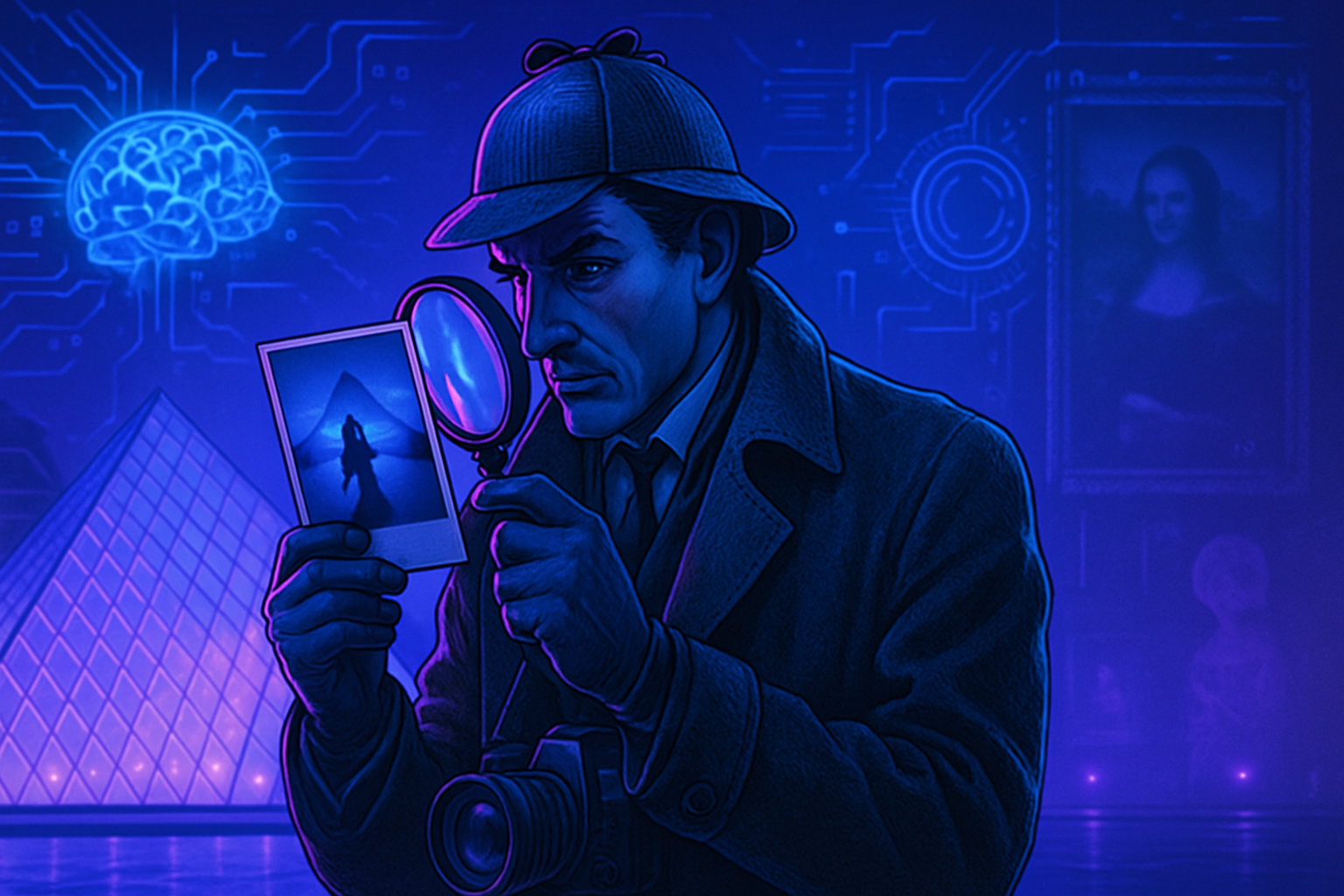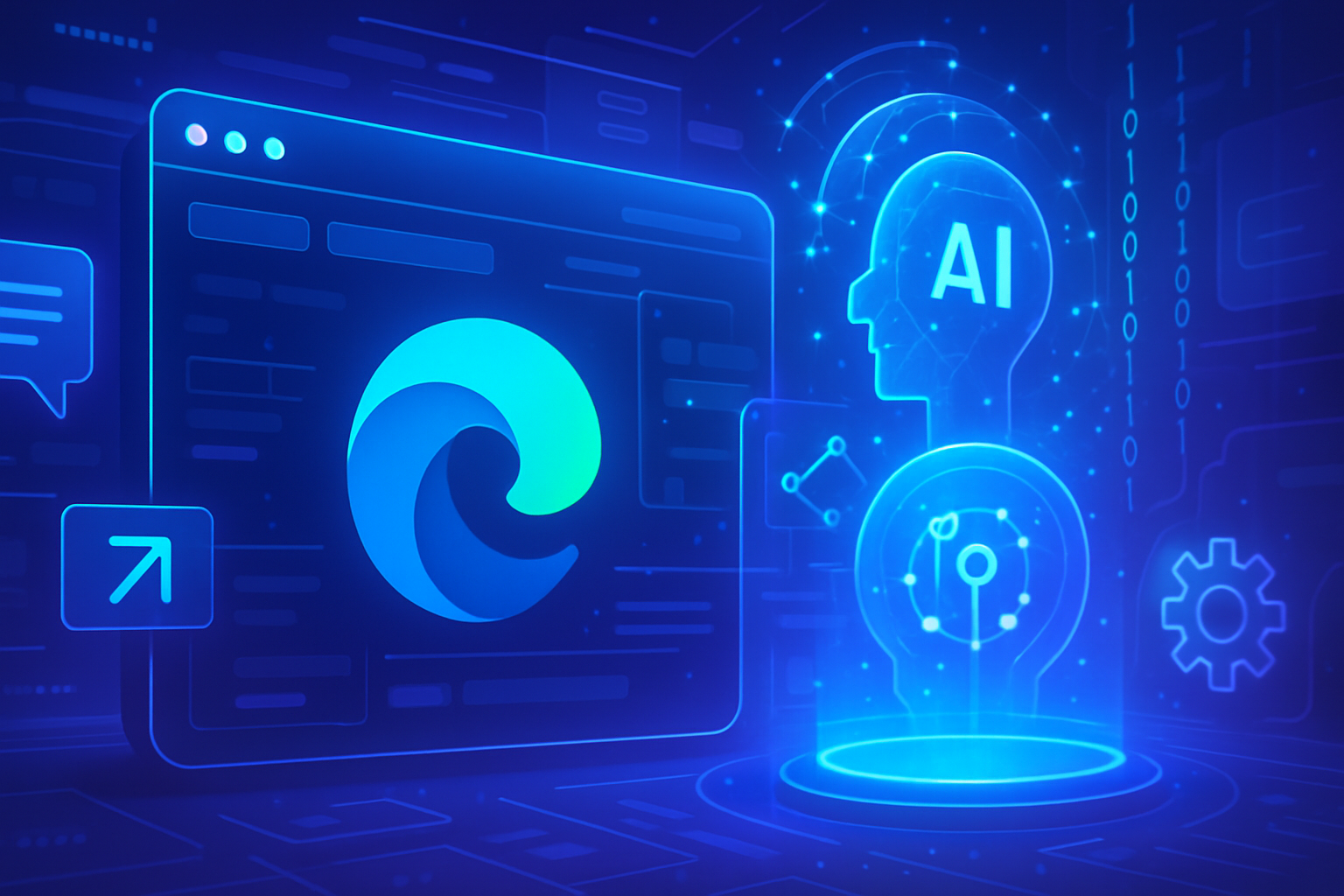The emergence of AI bots has revolutionized the field of scientific research, enabling the resolution of complex design problems with increasing efficiency. These artificial agents, designed from advanced algorithms, now rival human expertise, opening innovative perspectives for various disciplines. With their ability to process massive amounts of data and explore infinite solutions, these autonomous systems position themselves as catalysts for major advancements in materials modeling and other specialized engineering sectors.
The advancements of AI bots at Duke University
Engineers at Duke University have designed a group of AI bots capable of solving complex design problems, achieving performance levels close to those of experienced scientists. This research, published in the journal ACS Photonics, paves the way for potential automation of design problems, thus revealing new opportunities for rapid innovation.
Ill-posed design problems
The challenges addressed involve ill-posed inverse design problems, a type of problem where researchers know the desired outcome but juggle an infinite number of possible solutions. Duke University researchers, led by Professor Willie Padilla, have demonstrated that such an approach could accelerate advancements in various fields.
Innovative methodology
In their previous work, Padilla and his team developed methods to solve these complex problems concerning dielectric metamaterials. These synthetic materials, endowed with unique characteristics, are not found in nature and are designed to produce specific electromagnetic responses.
Creation of an “artificial scientist”
The new paper describes a significant advancement: the development of an AI agent system based on large language models. These agents, revolutionizing data manipulation, have been programmed to execute the entire design process, allowing an AI to autonomously learn and solve metamaterials physics problems.
Features of AI agents
AI agents handle various specific tasks. One ensures that all data is organized and complete. Another writes the code for a deep neural network, based on thousands of existing examples. Verifying the accuracy of the work and applying the neural-adjoint method are also essential.
Task management and interactions
A global language model supervises communication between the agents. As the program approaches a solution, it can determine whether additional data needs to be generated or if the current model is progressing well enough. This management system, capable of signaling diminishing returns, replicates the intuition needed for scientific development.
Performance and results
The researchers tested their artificial scientist by subjecting it to some of the same challenges already faced by their students. While the AI achieved slightly lower results than the PhD candidates across many trials, its best solutions proved to be very competitive. One exceptional design is enough to make progress in this field.
Future applications
Padilla prompts reflections on the potential of agent systems to solve complex problems in many other fields. According to him, the ability to design these systems represents a valuable skill for future professionals. Therefore, investing in such artificial intelligence tools could lead to exponential advancements in research and discovery.
The implications of this research extend beyond metamaterials. The automation of scientific research through AI systems could transform our approach to problems and the construction of human knowledge. These systems could soon produce genuinely innovative results at an unprecedented speed.
For more information, consult the publications related to the advances of research on chatbot security systems, user data usage by chatbots, or Lenovo’s ambitions in the PC domain.
Frequently asked questions
How can AI bots compete with scientists in solving design problems?
AI bots use advanced methods, such as deep neural networks and agent-based systems, to analyze complex data and propose optimal solutions to design problems.
What are the potential applications of AI systems in material design?
AI systems can be applied in various fields, including metamaterial design, product performance optimization, and discovering new material properties.
What type of design problems can these AI bots solve?
They are particularly effective at solving ill-posed inverse problems where the goal is known, but there are multiple possible solutions to explore without clear direction.
What is the difference between an AI bot and a human scientist in problem-solving?
While human scientists bring intuition and contextual understanding, AI bots quickly analyze large amounts of data and can propose multiple solutions in a short time.
Can these AI systems learn and improve over time?
Yes, thanks to machine learning algorithms, these systems can adjust their methods and improve their accuracy based on previous results and new information.
What ethical challenges do AI bots pose in scientific research?
Challenges include algorithm transparency, interpretability of decisions made by AI, and concerns regarding job loss in the scientific field.
Are the results provided by AI bots always reliable?
Results can be very close to human results in some cases, but it is crucial to validate the solutions proposed by AI through human experts to ensure their quality.
How are AI bots programmed to solve design problems?
They are programmed using machine learning models that learn from large quantities of data and perform iterations to refine their solutions to the given problem.
What types of data are needed to train these AI systems?
Large and varied datasets, including simulations of different design configurations, are necessary to help the AI identify relationships and generate relevant solutions.
What benefits do AI bots bring to design researchers?
They accelerate the design process, offer innovative insights, and reduce the time needed to explore potential solutions, allowing researchers to focus on more complex problems.
